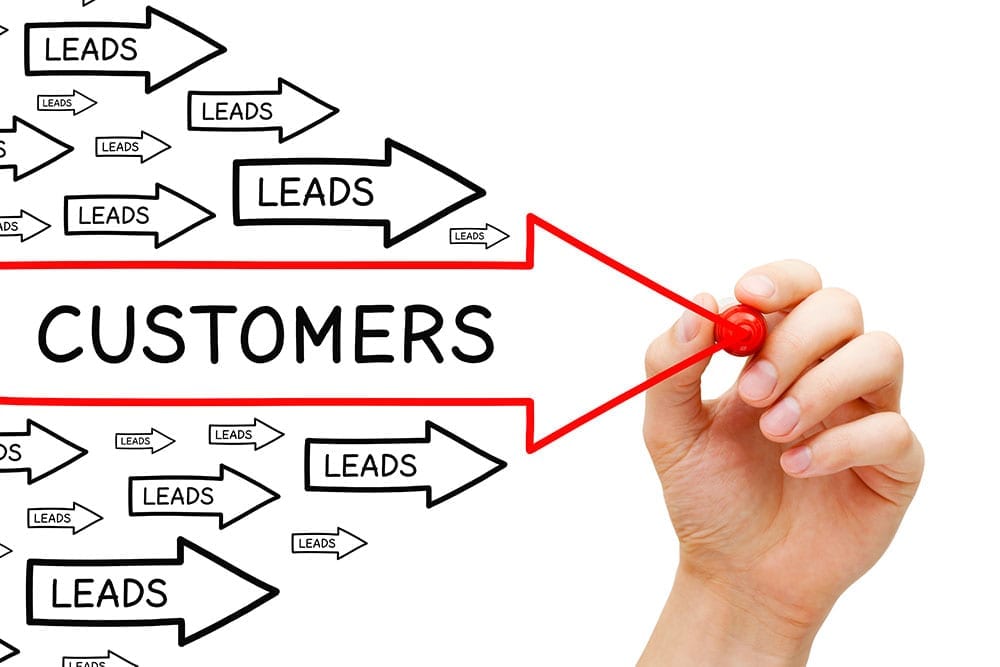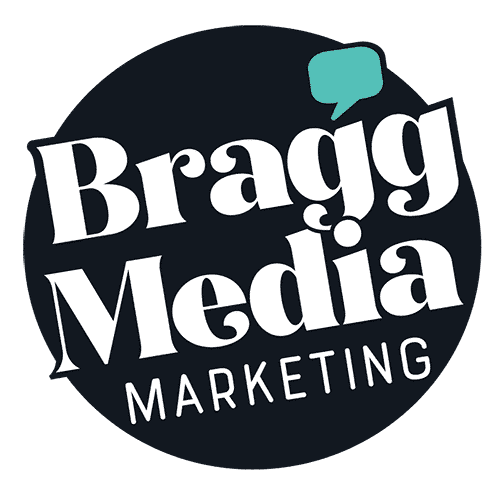
Wondering why your marketing isn’t working?
It might not be your marketing. It could be your sales process.
Then again, it might not be your sales process. It could be your marketing.
Understanding the difference between sales and marketing will help you achieve your business goals.
While it’s important to understand the difference between sales and marketing, it’s also important for the two complementary business principles to be treated independently while working together. After all, they are trying to achieve the same goal.
The difference between sales and marketing
Simply put, there are different job responsibilities for sales versus marketing. Sales teams typically take charge of tasks that involve evaluating the qualifications of the customers and for closing a deal.
Marketing specialists, on the other hand, create and execute promotional campaigns that attract customers, such as digital advertising campaigns.
In other words, marketing builds doors through which customers walk. What happens next depends on sales efforts.
Get social with us!
Like what you’re reading?
Subscribe to Bragg Media’s monthly newsletter.
How marketing can help sales
Marketing efforts should enhance the efforts of sales teams.
On a basic level, marketing and publicity campaigns bring customers to the sales team. Website forms, for instance, capture important contact information that is immediately sent to the sales team.
Inbound marketing strategies pre-qualify leads with high-quality content — which results in less time sales has to spend educating potential clients.
Here’s how it works: Well-written information with a clearly defined process on websites will help customers make a decision about contacting a company. The quality of your business’ online presence — from website to social media — can influence customers. When there is not enough information or customers have more questions than answers, customers are more likely to search elsewhere.
When a customer decides not to close a deal, marketing could help craft an e-mail message to follow-up with the customer, which also could be an opportunity to receive feedback to make marketing and sales better. Better yet, marketing can build in automation to nurture leads with e-mails that provide information about your business at every stage of the buyer’s journey.
 Marketing Retainers
Marketing Retainers
Branding, creative, digital and strategy with results.
How sales can help marketing
Good, clear communication between sales and marketing creates opportunities. Sales people should communicate with marketing which information to emphasize in marketing campaigns.
Natural salespeople are involved in the community. They are networking. They are attending events. They are calling, e-mailing, texting … They are in constant communication with potential customer and current customers, because they are in charge of:
- Searching for sales leads
- Connecting with customers
- Evaluating the qualifications of customers
- Conducting sales presentations
- Resolving concerns from customers about products
- Closing the deal
Notes about each conversation with a customer can help determine which factors have influenced the customer to close the deal or to decide to search for a different product. This information can create marketing campaigns that convert. For instance, sales people might find that the product information does not include enough details for customers.
Salespeople also field a lot of questions — How much does it cost? How does it work? What happens after …? These frequently asked questions make wonderful pieces of content for marketing, such as a blog post, e-newsletter article, video, Facebook posts, etc.
The salesperson adds a personal touch to the customer experience that makes a lasting impression. It’s true that customers often base their buying decision on price. However, they also are looking for a good experience. For instance, courtesy shuttles offered by hotels, a web host’s 24/7 customer chat, automated appointment reminders, free company swag and even a Chick-fil-A-style ordering process leave lasting impressions with your customers.
Marketing’s goal is to create campaigns that convert leads to customers. However, if the customer experience is lacking or inconsistent, it will be difficult to meet that goal.
Goals for Sales Teams and Marketing Specialists
The bottom line is … well … increasing the bottom line.
A thriving business is one that puts the customer first. Gone are the days when sales funnels force customers through their clunky process. Today, customers want more than a mere product or a service. They want a good experience. They want to feel like they matter.
With the flywheel business model, the customer is at the center of every aspect of business — sales, marketing and customer service. A thriving, sustainable business keeps the flywheel moving by attracting, engaging and delighting the customer.
In short, a successful sales and marketing team work in tandem always keeping the customer in mind. Marketing helps sales to connect with customers. The sales team helps solidify the sale with a good experience that inspires customers to be brand ambassadors.
When marketing and sales don’t work well together, they can’t achieve the goals of a business or organization. Marketing can create an amazing campaign with shiny, new visuals. However, if the customer has a less than stellar experience with sales, they’re going to feel duped. All of the money invested in marketing, then, becomes a waste when the sales team isn’t doing their job. Conversely, the savviest, friendliest sales team won’t close any deals if there isn’t smart marketing to bring in potential customers in the first place.
With collaboration, marketing and sales can streamline job tasks. If your sales team provides feedback about important product information to your marketing specialists, then marketing spends less effort for research. On the other hand, the sales team has important information about customer’s challenges, desires and needs that can help marketing.
